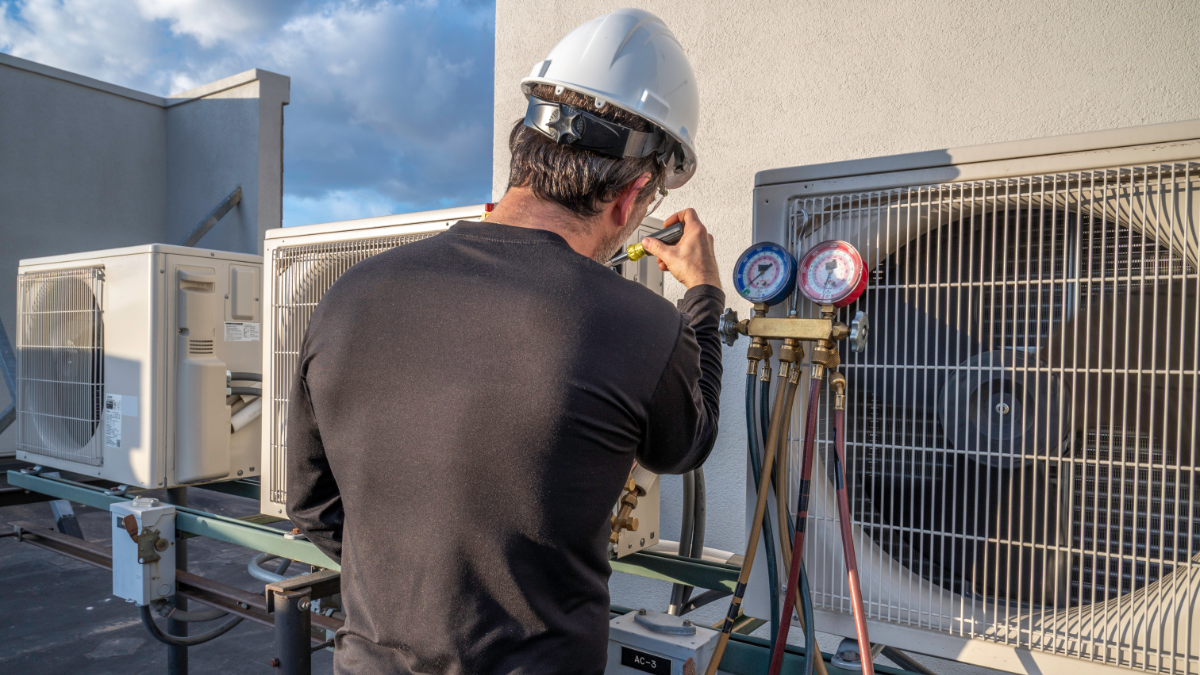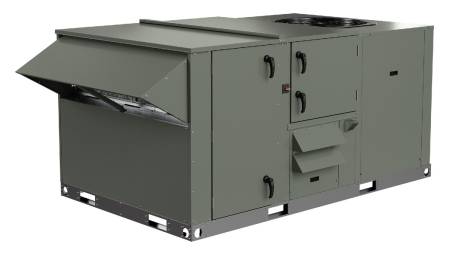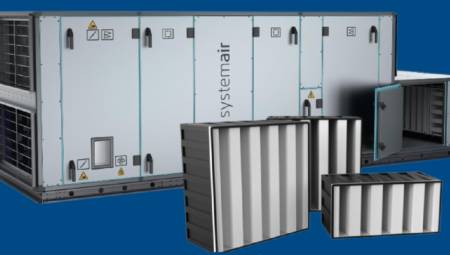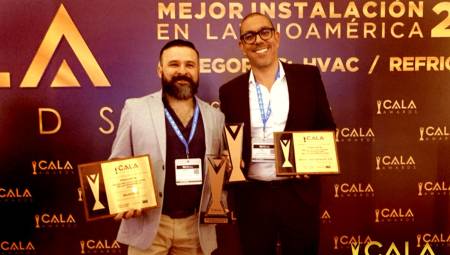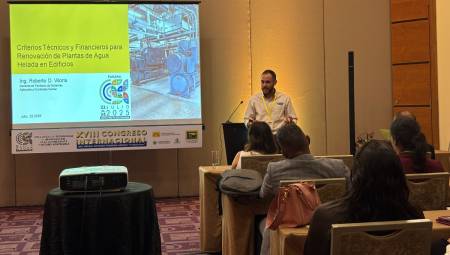United States. The U.S. Senate on Monday night approved a controversial bill that eliminates four tax incentives widely used by the HVAC industry, bringing them closer to disappearing as of 2026.
With the decisive vote of Vice President J.D. Vance, Republicans managed to push through the initiative promoted by President Donald Trump, known as his "big and beautiful bill."
The vote was narrowly resolved, with all Democratic senators and three Republicans — Susan Collins (Maine), Rand Paul (Kentucky) and Thom Tillis (North Carolina) — against the bill.
Among the most significant changes, the repeal of Sections 25C and 25D for projects that begin after December 31, 2025 stands out. These tax breaks were intended to incentivize the adoption of energy-efficient technologies in U.S. homes.
Section 25C, which provided a tax credit of up to $3,200 annually for qualified improvements, had been a key driver in the adoption of high-performance HVAC equipment. The credit included specific amounts such as $1,200 for energy efficiency improvements, $250 for each exterior door (up to $500), $600 for windows or skylights, $150 for energy audits, and up to $2,000 for heat pumps, water heaters or biomass stoves, according to IRS data.
"The improvements to Section 25C made by the Inflation Reduction Act made it much more valuable to contractors. We saw this reflected in our recent surveys: more than twice as many contractors selected energy efficiency incentives as their top tax priority, over small business taxes or individual fees," said Sean Robertson, vice president of membership, advocacy and events for the Air Conditioning Contractors of America (ACCA).
Section 25D—a residential clean energy credit—offered a 30 percent incentive for the installation of geothermal heat pumps, a key technology in the clean energy transition.
The bill also calls for the elimination of Sections 45L and 179D for work beginning after June 30, 2026. These provisions benefited efficient home builders and commercial building owners or designers who implemented energy efficiency improvements.
Now the initiative will go to the House of Representatives for a final vote. If approved, it will be sent to President Trump, who has expressed his intention to sign it before July 4.


